Now that we've learned how to take photographs of smoke using incense sticks, it's time to run the images through Photoshop to turn them into some great looking abstract art. Depending on how creative you want to get in the editing phase, it shouldn't take longer than twenty five minutes to get a final image– and much less than that once you're familiar with the process.
Hopefully you've had time to get a good smoke shot for yourself, but if not, feel free to grab the one below and follow along using it. I took this using a pretty primitive setup using a Nikon D7000, a piece of black foamcore for the background, a white posterboard for a reflector, and desk lamp with a snoot that I crafted out of some black cardboard. Typically I would use a speedlight and trigger and shoot on a much lower ISO, but for the sake of this tutorial, we're going to assume that not everyone has those available to them. Here's the base image we'll be using throughout. To download it, simply right click it and select “Save Image.”
Once you've settled on a photo of your own or downloaded the above photo, we're going to edit it using Photoshop. For this article, I'll be using CS5. Open Photoshop, navigate to the location of the image you will be editing, open it, and let's get started.
- Rename the background layer by double clicking on it. I changed mine to smoke tutorial, but feel free to name yours whatever you like.
- Now we're going to duplicate the layer, by right clicking on it and selecting “Duplicate Layer…” By working on the duplicate layer, we can go back to the original if we make any mistakes.
- I prefer a bright white background, so I'm going to click on Image > Adjustments > Invert. This will change the color of both, the background and the smoke.
- I don't like the new smoke color so to change it, simply open the Hue/Adjustments panel. At the bottom of the panel, check the Colorize box. You will notice an immediate change of color to the smoke. To change this color, move the Hue slide to your desired color. I'm going to go with a teal. You can change the intensity of the color by adjusting the Saturation slide, but I am happy with the value Photoshop defaults to and will continue on with it
- Now, if you're feeling really colorful and want to give your smoke a rainbow effect click Layer > New Fill Layer > Gradient. A new window will open where you will rename the gradient layer to Rainbow Effect. Then change the Mode to Color and click OK. In the next window, click on the dropdown box and chose your favorite gradient pattern. I went with Spectrum, changed the Style to Radial, and the Angle to 0 for no other reason than I thought it looked pretty neat. Play around with these settings until you find one you like. Press OK again.
- My image looks kinda psychedelic and I'm pretty happy with it. If you don't like the way yours is coming along, now is the time to go back and play with the gradient and/or hues until it's just right. As for me, I'm going to finish this one up by running it through a denoise program and, lastly, sharpening it up just a bit to give the smoke nice crisp edges. This is what I am left with:
That's the basic workflow to process your smoke photography. There are, however, many changes you can make to it including skipping the invert process and leaving out the gradient all together. You may also want to apply some dodge/burn techniques to highlight certain areas. Get creative and experiment with the steps above to come up with your personal favorite. Post your results in the comments section below and be sure to include any tips you discover during your editing for others to try!
Tiffany Mueller is a professional music and fine art photographer. She has been published in various publications including magazines, art journals, as well as photography books. Tiffany is fortunate enough to have been in a perpetual state of travel since her youth and is currently working on a 50-states project. You can keep up with Tiffany via Twitter, Google+ or, on her personal blog, Life Is Unabridged.
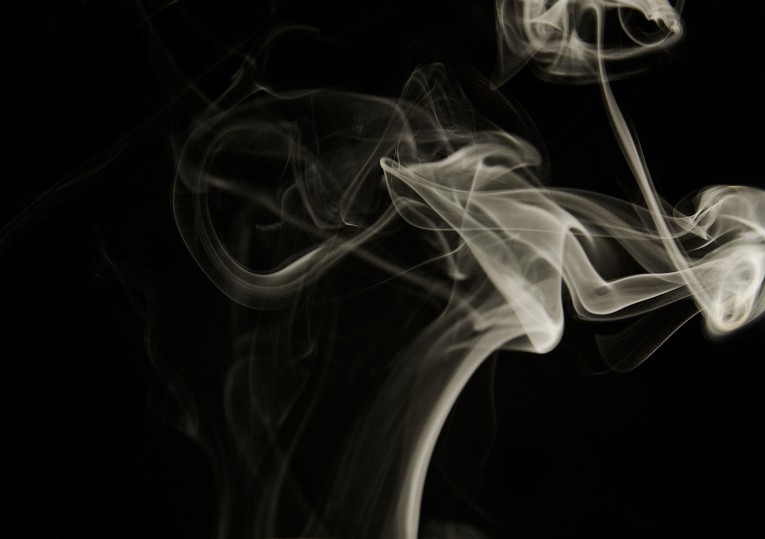
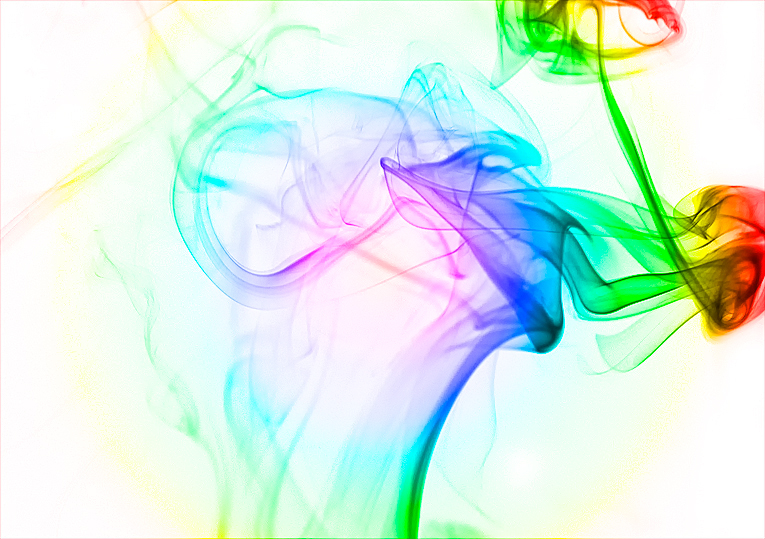

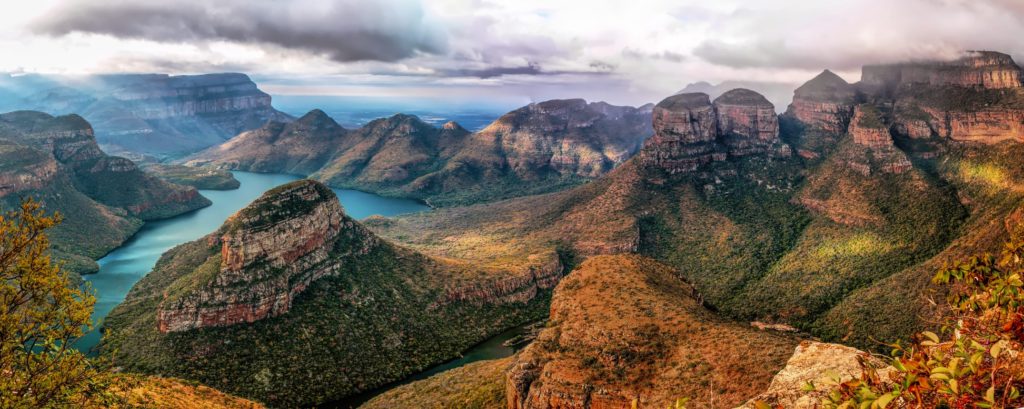
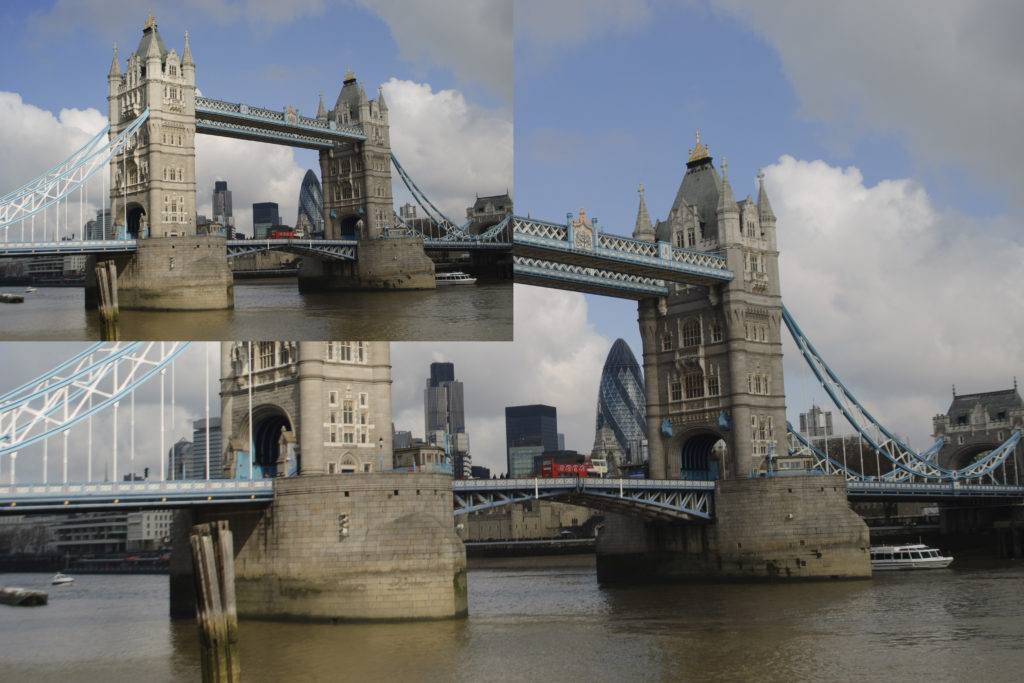
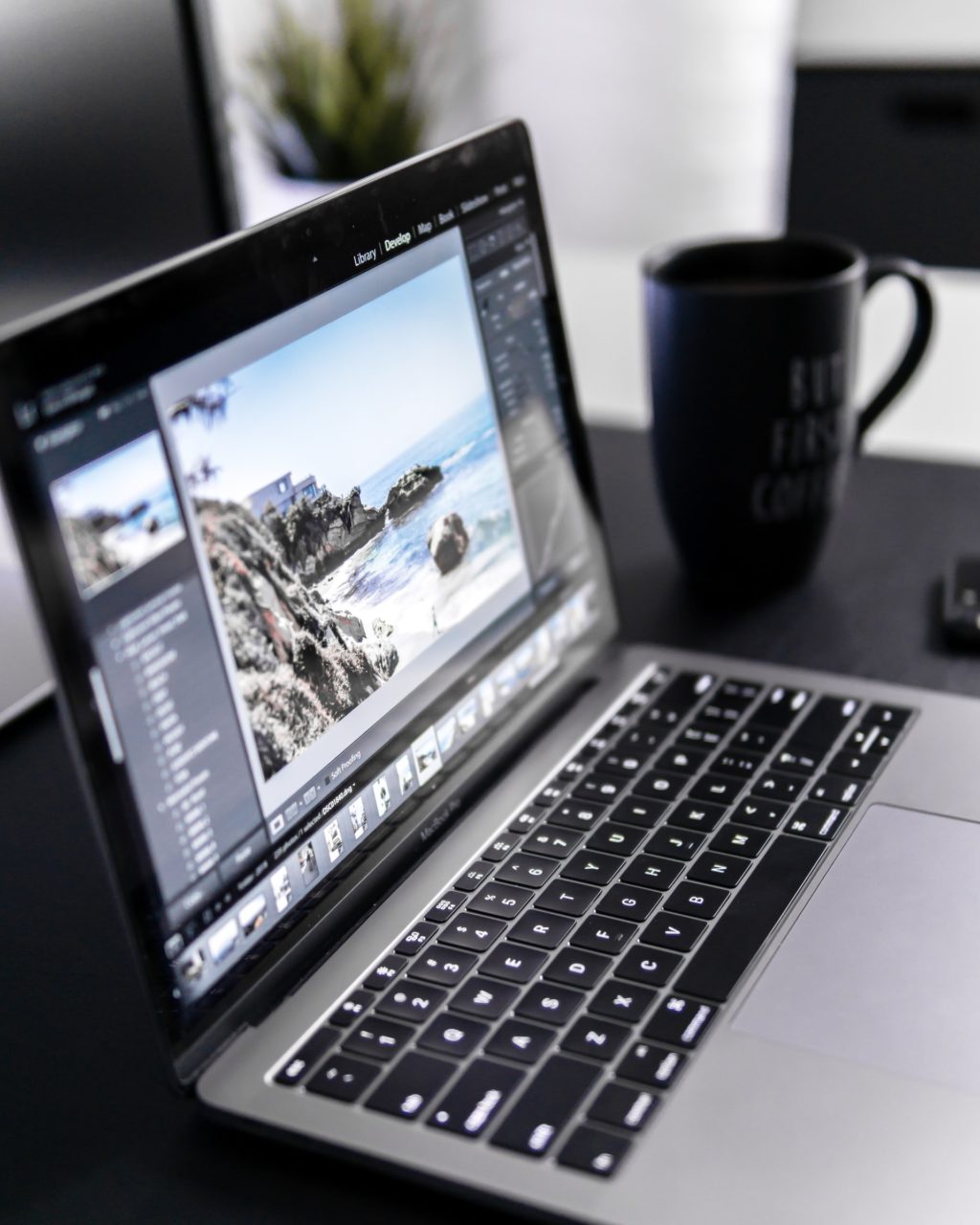
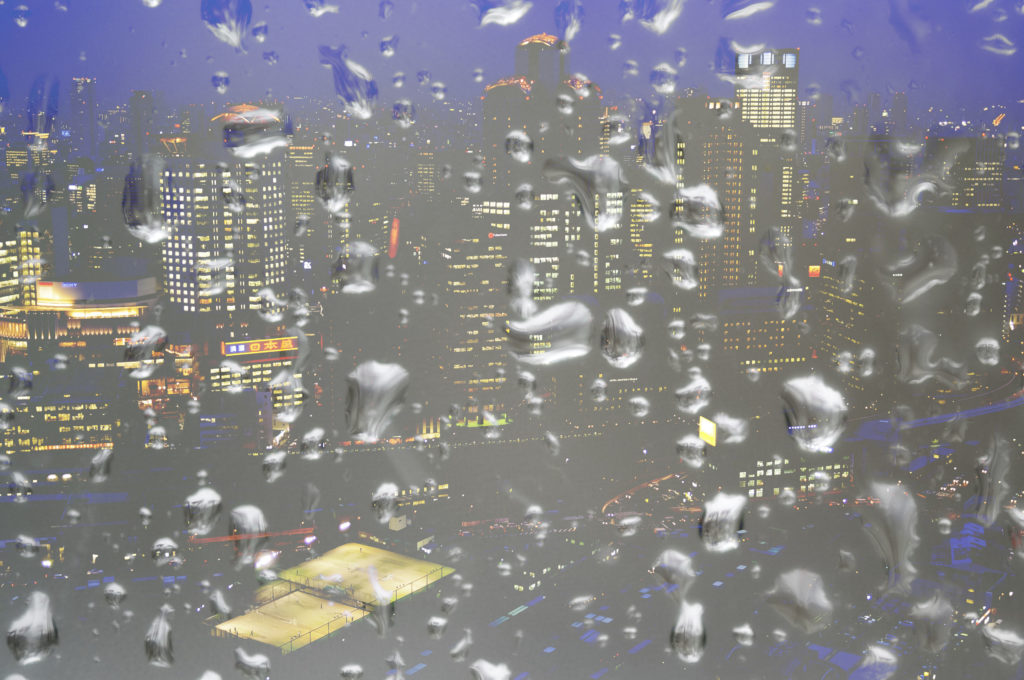
2 Comments
Just out of curiosity:
Why don’t you use curves to colorize the smoke?
I’ve been experimenting with it to tone b/w shots and I found it’s easy to get some stunning results to colorize diffrent grey densities in diffrent colors
Tiffany,
Thankyou for the tutorial. Im new to CC and this was very helpful as an experiment. Enjoy the day